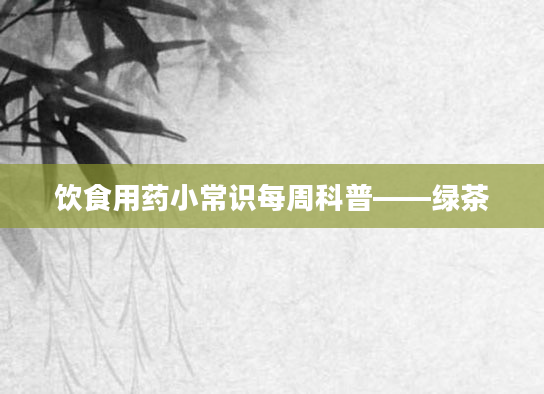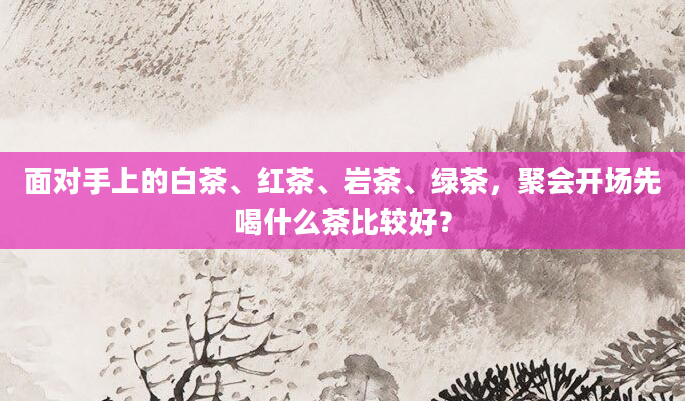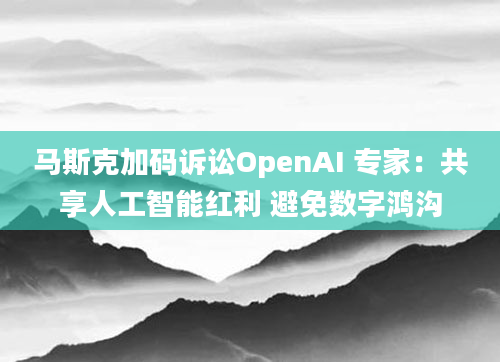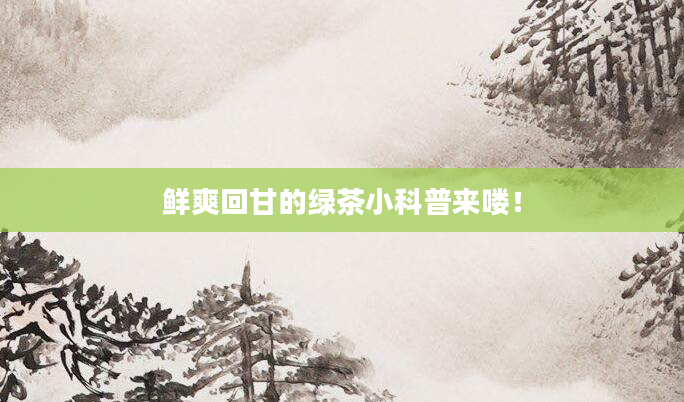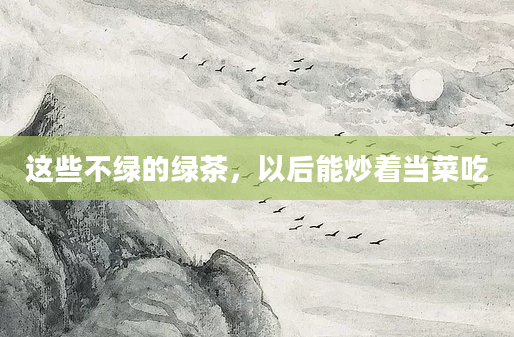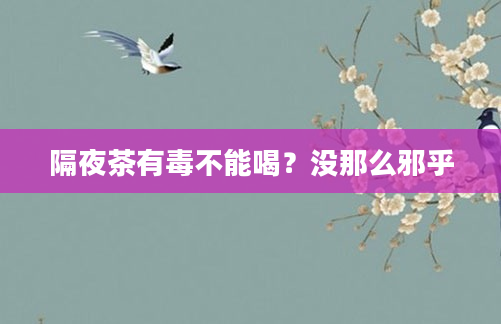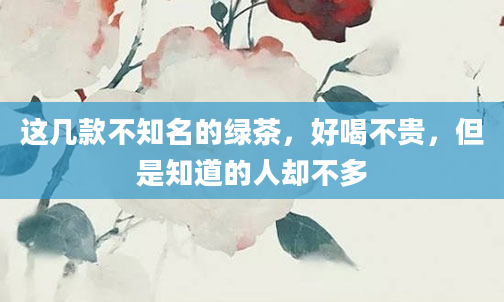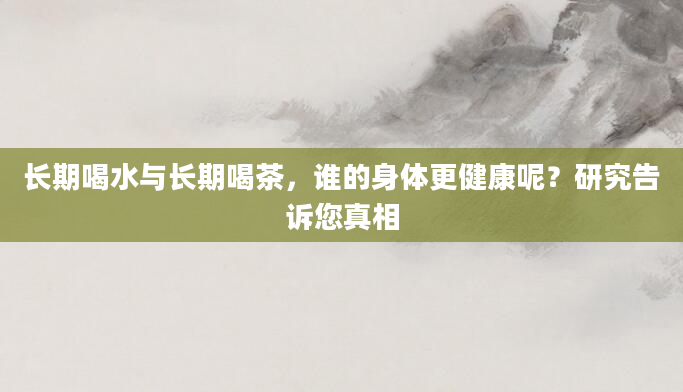The History of Tea Culture - English Translation
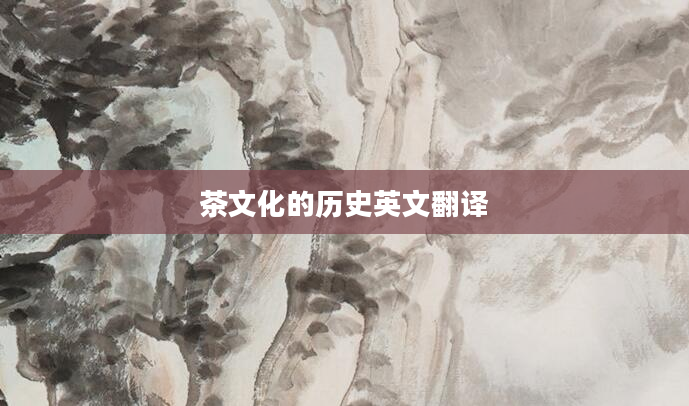
Tea, a beverage that has captivated humanity for millennia, carries a profound cultural legacy spanning continents and civilizations. From its mythical origins in ancient China to its global proliferation, the history of tea culture reflects trade, tradition, and cross-cultural exchange. Below is an exploration of tea culture's historical journey, presented in English to bridge linguistic and cultural gaps for international readers.
The Origins of Tea Culture
According to legend, tea was discovered in 2737 BCE by Chinese Emperor Shennong, known as the "Divine Farmer." The story recounts how leaves from a wild tea tree drifted into his boiling water, creating the first cup of tea. Historically, tea (*Camellia sinensis*) was initially consumed for medicinal purposes during the Shang Dynasty (1600–1046 BCE). By the Tang Dynasty (618–907 CE), tea drinking evolved into an art form, documented in Lu Yu's *The Classic of Tea* (*茶经*), the world's first comprehensive tea monograph.
Tea Spreads Along the Silk Road
As trade flourished along the Silk Road, tea traversed borders, reaching Tibet, Japan, and the Arab world. In the 9th century, Japanese Buddhist monks introduced tea from China, laying the foundation for Japan's *chanoyu* (tea ceremony). By the 16th century, Portuguese and Dutch traders brought tea to Europe, where it became a luxury among aristocrats. The British East India Company later monopolized tea trade, cementing tea's status as a global commodity.
Tea Culture in the West
In Europe, tea culture adapted to local tastes. England's afternoon tea ritual, popularized by Duchess Anna of Bedford in the 1840s, became a social institution. Meanwhile, Russia adopted tea via the "Great Tea Road," brewing it strongly in samovars. The Boston Tea Party of 1773, a protest against British tea taxes, even sparked the American Revolution, underscoring tea's political impact.
Modern Tea Culture and Globalization
Today, tea is the world's second-most-consumed beverage after water. Traditional practices like China's *gongfu cha* and Japan's matcha ceremonies coexist with modern trends like bubble tea and herbal infusions. The rise of specialty tea shops and wellness-focused blends reflects tea's enduring adaptability.
Key Terms in Tea Culture History: English Translation
- **茶道 (chádào)** - Tea ceremony
- **茶馆 (cháguǎn)** - Tea house
- **普洱茶 (pǔ'ěr chá)** - Pu-erh tea
- **绿茶 (lǜchá)** - Green tea
- **禅茶一味 (chán chá yī wèi)** - "Zen and tea share one flavor" (a philosophy of harmony)
Conclusion
The history of tea culture, intricately woven into human civilization, transcends language barriers. Its English translation not only preserves this heritage but also invites global audiences to savor its rich legacy. Whether in a quiet Japanese tearoom or a bustling London café, tea remains a universal symbol of connection and refinement.
By optimizing this article for search engines with keywords like "tea culture history," "Chinese tea traditions in English," and "global tea influence," we ensure its visibility to tea enthusiasts and scholars worldwide. Tea's past is a testament to its timeless appeal—one steeped in stories waiting to be shared.

